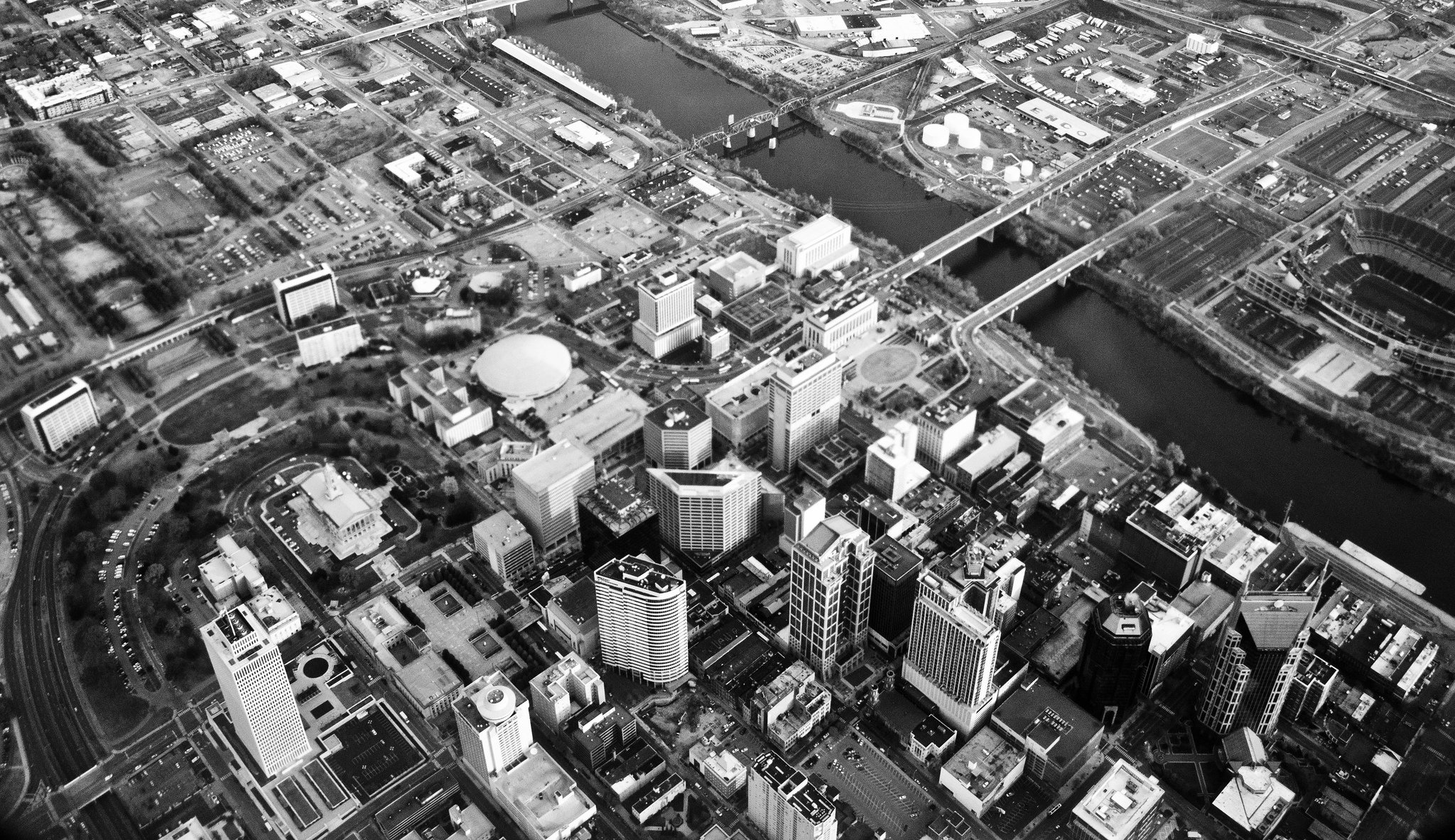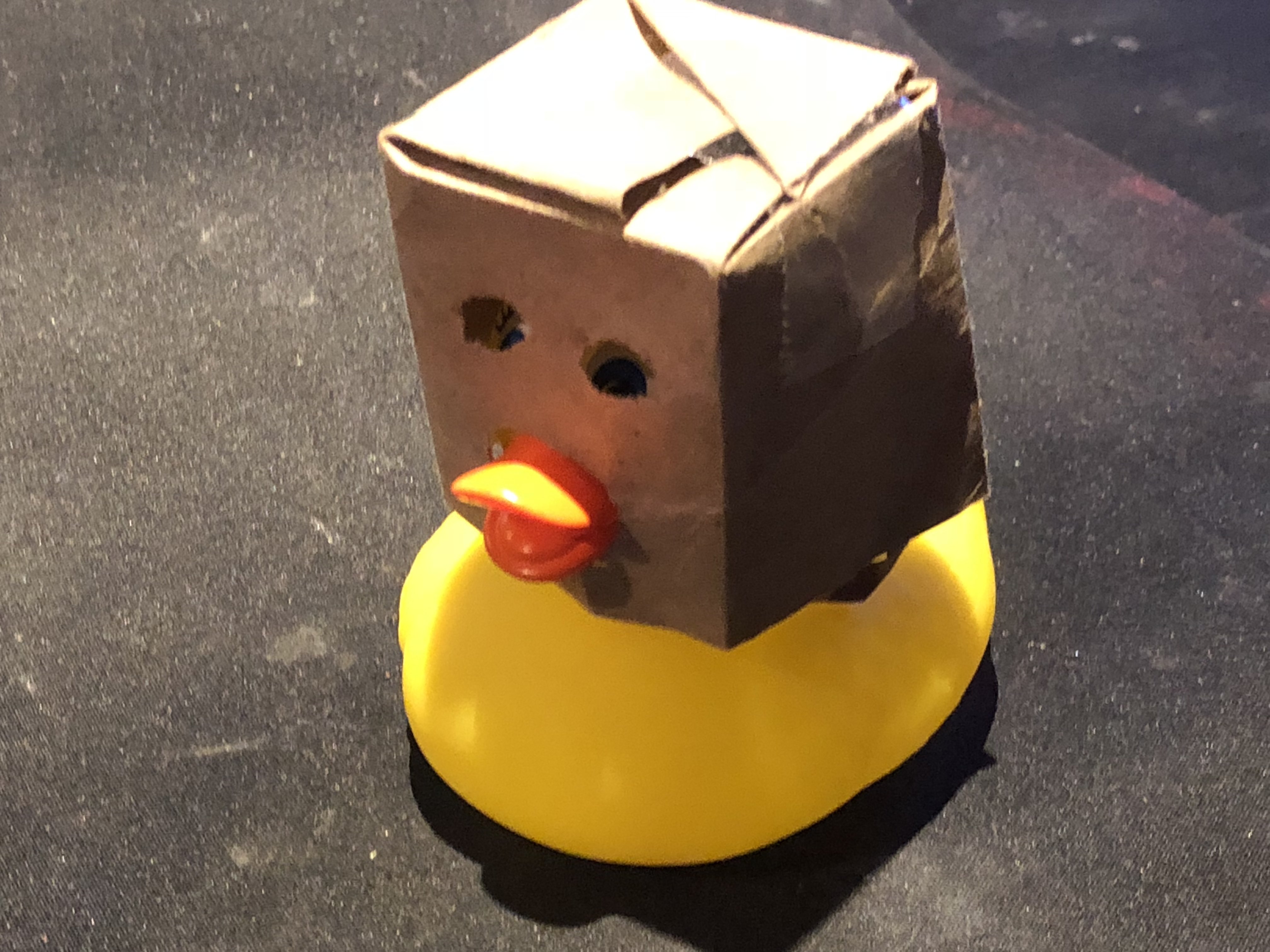Most land based plants would die if fed saltwater.
The water would in most cases sink away below the surface too.
While that’s true, a large saltwater deposit somewhere arid would allow for water to evaporate into the air and create humidity and increase the probability of rain occurring in that area regularly.
If by “large Saltwater deposit” you mean “an ocean” then maybe. Pumped sea water? No.
Is rain, too, not salty?
Compared to a river, yes. Compared to the ocean, no.
Rainwater typically has a TDS of 20 mg/L or less. Fresh water from lakes, rivers, and groundwater is more variable, with TDS ranging from 20 mg/L to approximately 1,000 mg/L. Brackish water is, by definition, water with TDS exceeding 1,000 mg/L and ranging as high as that of seawater, at approximately 35,000 mg/L.
No. The salt gets left behind when water evaporates.
First off, the water would need to be desalinated or you would ensure the land would be unsuitable for farming (and really growing anything) for generations.
Also, sand doesn’t hold water. In fact, when planting trees and other bushes, if you want more drainage, you typically add rocks and sand.
Second, most plants need non-sandy soil to grow on (palm trees and other beach bushes and plants aside) though those grow in areas that have lots of rain already.
Thirdly, the soil will need bacteria to aid the plants in obtaining nutrients and breaking down waste (dead leaves, dead plantlife, etc).
The way to do it is to look at a couple of projects that are fighting against desertification in Africa:
-
The Great Green Wall https://education.nationalgeographic.org/resource/great-green-wall/
-
Using compostable waste to fertilize soil https://jstories.media/article/greening-the-desert-with-trash
You’ll notice that many of these projects start at the edges of deserts. Instead of relying on pumping water onto sandy soil (which would just suck up the water as sand doesn’t hold water that well) they focus on extending the non desert ecosystem onto the desert so that the new soil will absorb water better, the weather over the newly terraformed area will be less dry, and it will eventually be self sustaining.
-
Saltwater doesn’t revive soil, it kills it.
It’s been done before (though not intentionally at first), at the Salton Sea.
And the results weren’t that bad (granted possibly a smaller scale than some are imagining when they forecast doom).
https://www.ppic.org/blog/the-troubled-history-and-uncertain-future-of-the-salton-sea/
But the problem is any deserts are deserts for a reason: lack of rainfall and/or natural inflow from rainwater upstream. The result is that you have to keep pumping in tons of water and/or rely on agricultural runoff which is nutrient-depleted and usually full of chemicals.
Read the rest of the linked article for what’s going on with that one.
It is also important to note that most of the water that made the Salton Sea came from the Colorado River being rerouted back into California, then from irrigation water seepage.
Even then, the Salton Sea has a hard time supporting marine life. I can’t imagine making it a salt water lake would really help the local wildlife.
Deserts are actually very important to the worlds ecosystem. The Amazon rainforest probably wouldnt exist without the Sahara. A lot of the Sahara’s sand is made up of dead plankton and these dead plankton are blown across the seas by strong winds and eventually land in the amazon. These plankton give the soil extra nutrients and are one of the main reasons why the south Americans are so lush with life.
Your first sentence is true, the rest is disputed https://www.nature.com/articles/s43247-020-00071-w
They also landed in England the other week, all the cars were filthy lol
Poor cars enjoying extra nutrients from dead plankton in peace while this guy comes and call them filthy!
Yeah, we shouldn’t kink shame.
Likewise Australia has rainforest dependent on coral reefs and vice versa to survive.
The sheer volume of water that moves through even a small creek is shockingly massive.
The amount of water held in an aquifer is astounding.
The soils required for agriculture and general growing plants (ones that hold water and nutriet) specifically are lacking or depleted in deserts.
So… it’s a literal pipe dream.
Aquifers! Aquifers all over the land!
You’re wrong about the soil nutrient content in deserts. Or at least it’s not a blanket statement like that since some deserts are essential in providing soil nutrients to other parts of the world through wind.
Deserts can have lots of minerals and the sand/dust is carried on the wind. Theses are important but the desert won’t be high in nitrogen and carbon.
Oh the nutrients are there, the composition of the soil is what is lacking so those nutrients don’t infiltrate into water well so plants can’t access them. It’s mostly sand and clay, lacking in silts for proper loams and organic matter.
Also there’s usually a ton of salt in desert sand that doesn’t help.
Have you ever heard the phrase “salt the earth”? That’s the fastest way to kill everything in the soil and make sure nothing grows for a very very long time.
Carthago delenda est
It’s not a very very long time. Rain will wash it away. However in a desert, you’re right.
Most deserts have life, which you would kill. But for sandy deserts, have you never built a sand castle?
The reasons are legion, starting with the fact that it wouldn’t work.
Because that’s how you make salt lakes. Instead of reviving them, it would kill off the last remaining traces of life.
In addition to what everyone else already said, it takes a tremendous amount of energy to pump water uphill.
Removed by mod
I wouldn’t quit your day job… the career in stand up doesn’t seem like it’s going places…
Upvoted solely because this is the sort of unhinged comment that I missed about the old internet
Even as a slave, the cost of a human work is magnitudes above the cost of using a pump with petrol. A slave may be able to output ~1kWh per day, that’s mostly a few 10s of cents anywhere. Can you feed anyone on that?
Why? They have dump trucks and dams in Africa, you know. Or did you think this was before Africa became the world’s fastest-growing and biggest market for cell phones?
Salt.
If the area’s enviroment didn’t have it to start with adding it will kill off whatever lives there.
Also? Generally there’s a reason it’s a desert (lack of rainfall,) and is itself (usually) a vibrant ecosystem.
Were you planning on desalinating the seawater first? Because that requires an immense amount of energy to do, and we haven’t even touched on the topic of the energy required to move water from one place to another.
If you weren’t planning on desalinating the seawater, then the salt will definitely destroy whatever nutrients the desert sand might have had, rendering seawater irrigation completely pointless.
I remember somebody pointing out that one of the interesting projects that would become available with the development of Fusion energy would be large scale terraforming of deserts. The technology we essentially already have, the problem is that the current technology is incredibly energy inefficient, but if we don’t care about energy efficiency, because we essentially have more than we will ever know what to do with, we can just go ham.
more than we will ever know what to do with
That’ll last maybe five minutes
Just think of how many monkey jpgs we could make with that kind of energy!
Two?
Better yet, use Brawndo!
It got what plants crave, electrolytes
What even are electrolytes? Does anyone know!?
It’s what plants crave duh
Saltwater destroys soil and vegetation instead of facilitating its existence. And you’d need to add better soil and the means to produce more fertile soil (plant species that shed leaves often and have nitrogen-fixing microbes in their roots).
But such water would make rain in the surrounding area more likely and common, if it can be sustained. For instance, I hear there are plans to re-create an inlet in northern Libya that used to exist but dried up when it was cut off from the Mediterranean by an earthquake that pushed up a natural dam some 6000 years ago or something, so the surroundings can become greener. (But given the current flooding of roughly that same area, doing so would be a terrible idea for the people who now live in that below-sea-level area.)
A lot of deserts get a fresh water pulse occasionally, and things spring back to life. If you take that away it destroys more ecology. You’re better off making multilevel greenspace in the cities.













